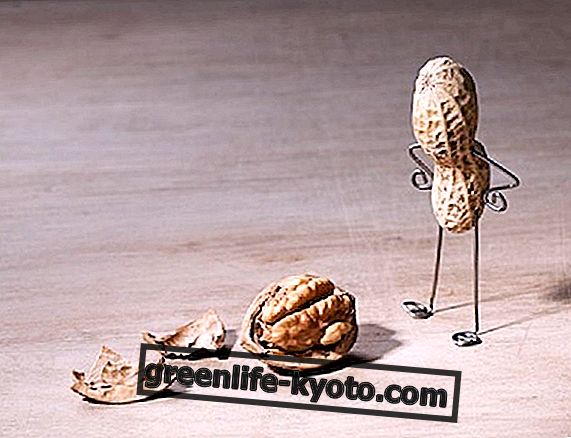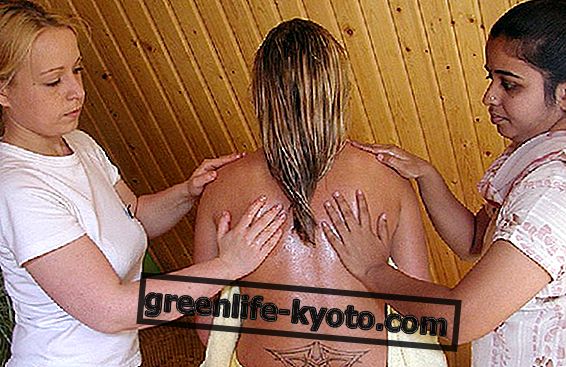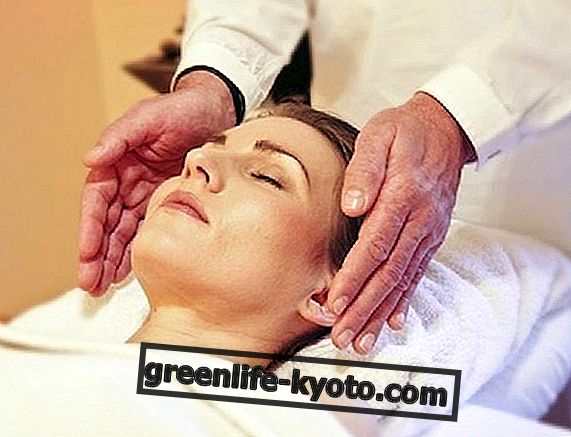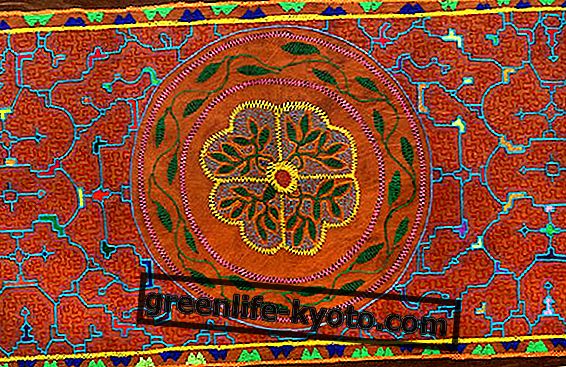Halotherapy is a therapy that allows the respiratory system to regenerate itself, through exposure to salt . Let's find out better.

What is halotherapy
Halotherapy is a type of alternative treatment for the body that consists of exposure to sodium chloride, or salt, which is why it is also known as salt therapy. It is a therapy that has very ancient origins, the same Hippocrates recommended inhalation of salt water and vapors to draw relief and benefit in case of inflammation of the respiratory tract and so the monks of the Middle Ages who treated patients bringing them to the brackish caves. We must also mention the famous Salt Mine in Wieliczka, Poland, whose king Casimiro the Renewer (1044), described it as "magnum sal alias Wieliczka", to become one of the largest companies in Europe over the centuries ; is one of the oldest salt mines in the world, the oldest is in Bochnia, also in Poland, 20 kilometers away from it. The first scientific studies on the microclimate of the Salt caves are to be attributed to the Polish physicist Felix Bochkowsky, studies according to which the body would absorb the particles of sodium chloride, through the skin and the lungs, gaining benefit; the organs of the respiratory system are the main beneficiaries, therefore it is useful in the case of cough, sore throat, allergic colds, asthma, bronchitis or sinusitis.
How does it work?
The halotherapy can therefore be practiced in a "natural" way, that is by staying directly in the places where the salt mines are located, such as Poland, Germany, Romania and Eastern Europe in general, or like the beaches and the sea, where they practice the hydrohalotherapy, or in a more recursive way, going to all those facilities where treatments can be carried out, having inside caves or artificial salt rooms. Salt lamps are another method of ionized rock salt. A large natural salt crystal is hollowed out and heated with a candle or light bulb.
In practice, a modern halotherapy session consists of taking the patient to a salt room where there is a microclimate similar to that of a natural brackish cave, or in which micronized sodium chloride is found. In these places, which are often found inside spas or spas, the walls and floor are also covered with salt and, to make the atmosphere saturated with sodium chloride, special devices are used such as halogenerators or micronizers of salt that dry the pharmaceutical grade salt into micrometer-sized particles, which are subsequently ionized. The halogenator is programmed to correctly synchronize grain size, concentration, temperature (18 ° -24) and humidity (40-60%), since it must generate a controlled microclimate so that salt therapy can have an optimal effect, otherwise it could also be harmful . This machine micronises the salt, mixing it with a regulated current of air, which is then uniformly dispersed throughout the salt chamber, generating a negatively charged aerosol, which is inhaled with the natural respiratory rhythm. Salt can be inhaled to the deepest level of the lungs and into the alveoli, where it dissolves and attracts positive charges, such as small impurities, atmospheric pollutants or allergens, which are then excreted through coughing, blood flow or leaving the body by other metabolic processes. A halotherapy session per adult subject lasts about 45 minutes, while the session for children is approximately 25 minutes. In the natural salt caves it is possible to take off with elevators, normally dressed, walking and practicing the various activities found there. For artificial caves it is different, it depends on the centers where they are attached.
What does halotherapy cure?
Several clinical studies have shown that inhaled saline air has an antibacterial and anti-inflammatory action throughout the respiratory tract. Normally, people who undergo a therapeutic session of halotherapy do not report any negative effects, but on some occasions the salt particles can trigger coughing attacks and the expulsion of mucus, which in reality is in many cases one of the desired effects. Some patients get relief already after about five sessions, but the therapeutic outcome is subjective. After the second world war, several studies conducted and the popularity of the treatment in the places of origin allowed the spread of speleotherapy throughout Europe, especially for the treatment of asthma. In more recent times, further research has concluded that salt therapy can be applied to a wider range of symptoms and conditions, including: allergies, allergic rhinitis or hay fever, flu, sore throat, cough, phlegm, sinusitis, chronic bronchitis, emphysema or chronic lung diseases, ear infections. It has also been seen that, thanks to halotherapy, many dermatological diseases have improved, such as dermatitis, psoriasis, eczema. While it is rather contraindicated for those suffering from eye or skin irritation, for those in an acute state of respiratory disease, for those suffering from heart failure, high blood pressure or suffering from epistaxis and bleeding.
Who is halotherapy designed for?
It is a useful therapy for adults, the elderly and also for children, or more generally for those suffering from generally chronic problems related to the respiratory system, such as mucosal edemas, phlegm, asthma, cough, colds and sore throat. Halotherapy is also useful for those suffering from allergies or dermatitis and skin diseases. It is not indicated for those who have heart problems or suffer from hypertension, in acute symptoms related to the respiratory system or for those suffering from particular eye or skin infections.
The law in Italy and abroad
From the first researches, the halotherapy has spread more and more up to become accredited as an officially recognized medical therapy in many countries of Eastern Europe. Further experiments are underway for its accreditation in all CEE countries, Italy is discovering this type of therapy thanks to the spread of salt caves in spas and beauty or spa establishments. There is no real figure of halotherapist.
Associations and reference bodies
In Italy there are various associations, more or less large, such as the Grotte di Sale Italia Association. In recent years, the coordination of a series of projects and research on halotherapy has been carried out by the Institute of Respiratory Hygiene and Haloterpia in Budapest. A site that can be consulted internationally is Halotherapy.com. Among the associations, we recall the Russian Russian Respiratory Society which has many connections with other associations and halotherapic organizations in various countries, such as in Italy with the AIMARNET, Interdisciplinary Scientific Association for the Study of Respiratory Diseases.











